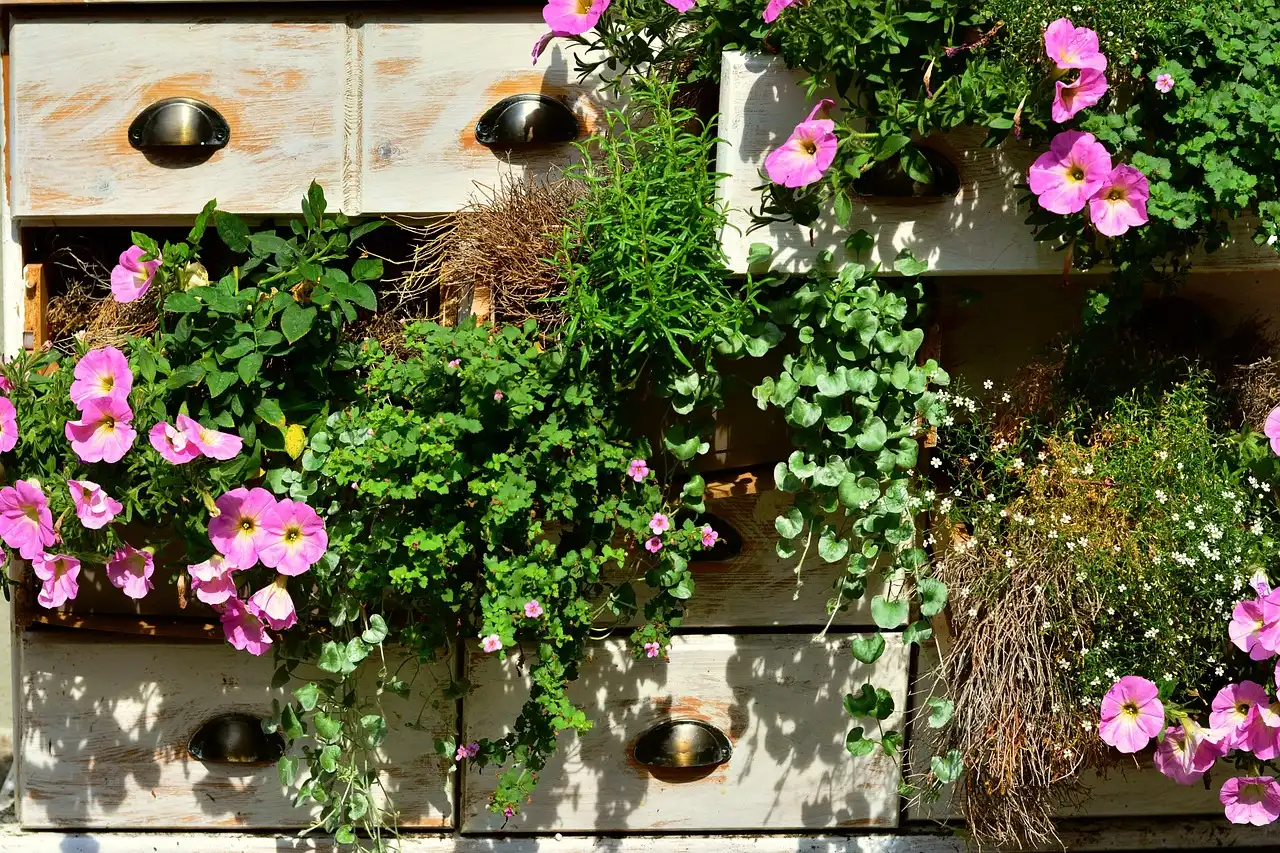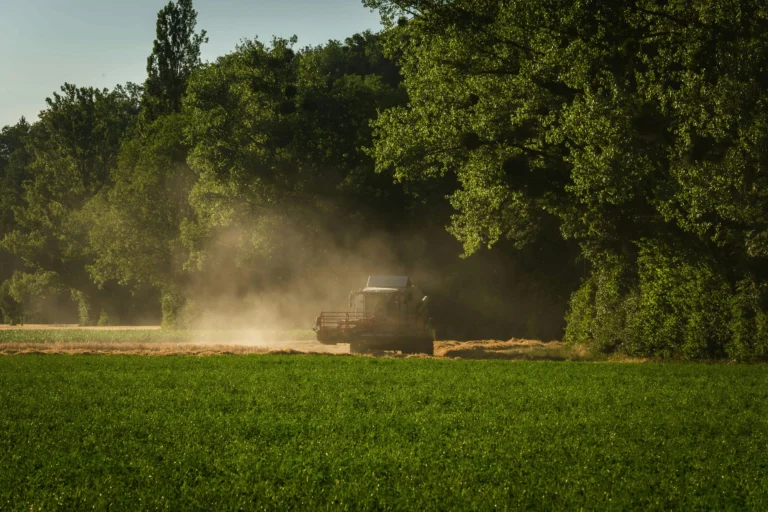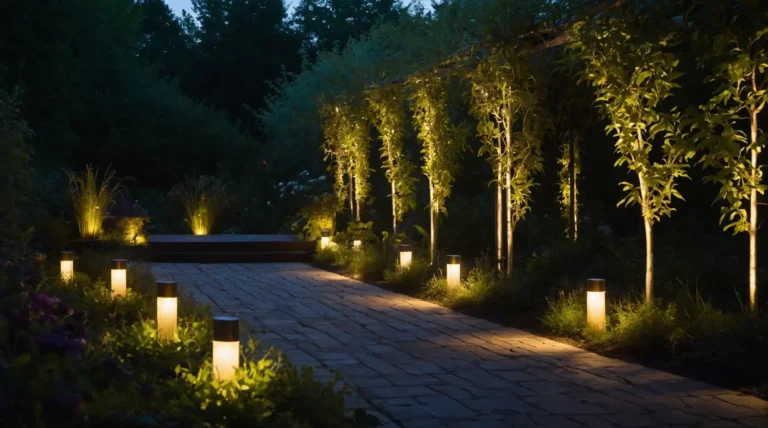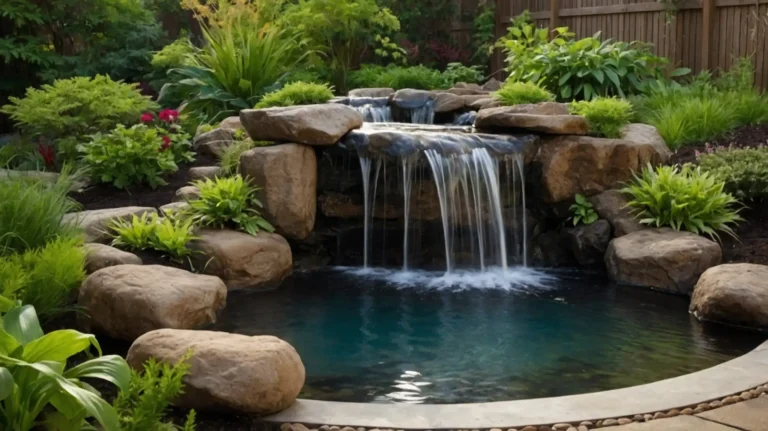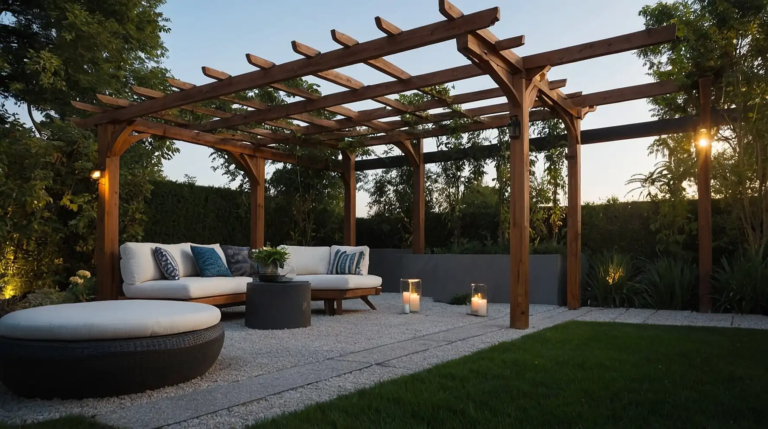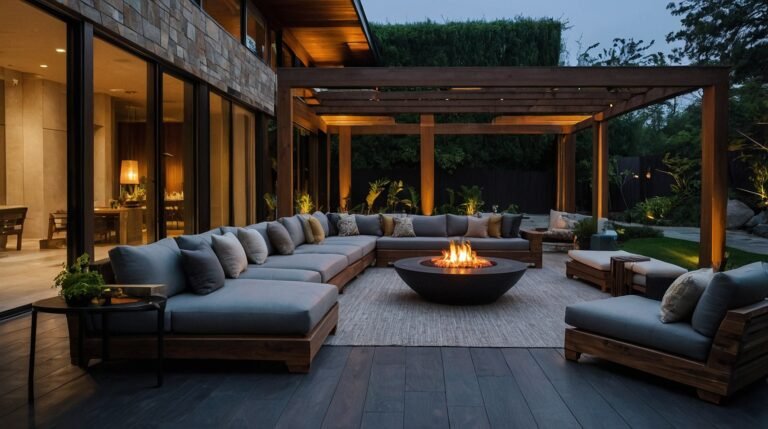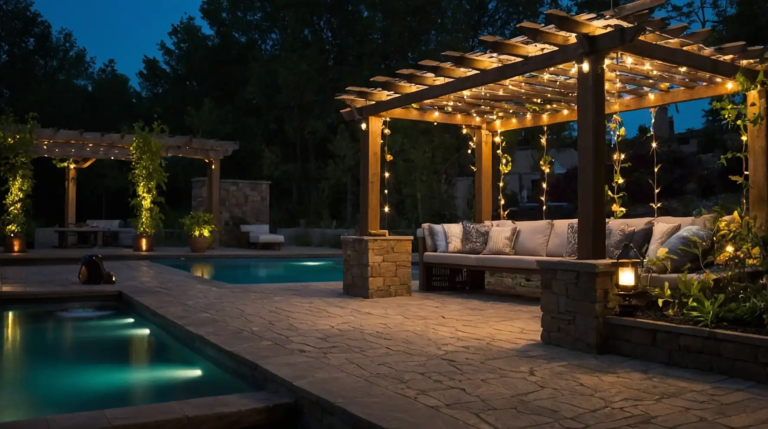How to Have a Garden in an Apartment: Your Complete Guide
You don’t need a sprawling backyard to grow your own plants and vegetables.
Apartment gardening opens up endless possibilities for creating your personal green oasis, whether you have a tiny balcony, bright windowsill, or just a corner of your living room.
With smart planning and the right techniques, you’ll transform your small space into a thriving garden sanctuary.
Assess Your Space and Light Conditions
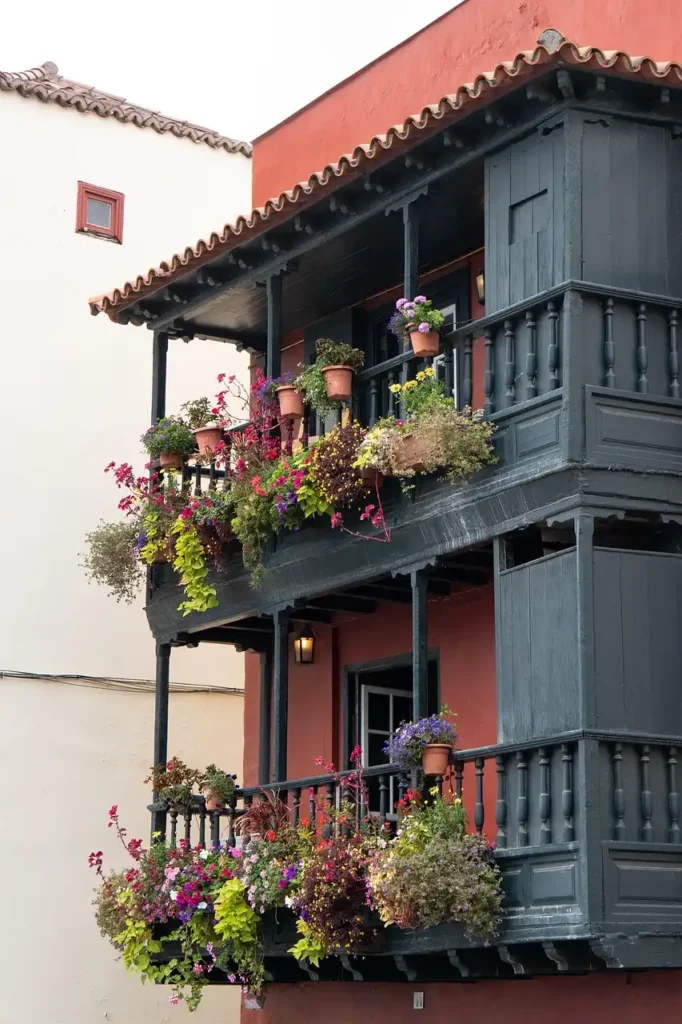
You’ll want to start by evaluating what you’re working with. Take a walk around your apartment and identify potential growing spots like windowsills, balconies, fire escapes, or even bathroom counters near windows.
Pay attention to how much sunlight each area receives throughout the day. South-facing windows typically get the most light, while north-facing windows receive gentler, indirect light. You can use a simple smartphone app to measure light levels if you’re unsure.
Don’t worry if you have limited natural light. You can supplement with grow lights, which have become affordable and energy-efficient. LED grow lights work perfectly for herbs and leafy greens in darker corners of your home.
Consider your apartment’s temperature and humidity levels too. Most apartments stay within the ideal range for many plants, but avoid placing containers near heating vents or air conditioning units that create extreme temperature fluctuations.
Choose the Right Containers and Setup
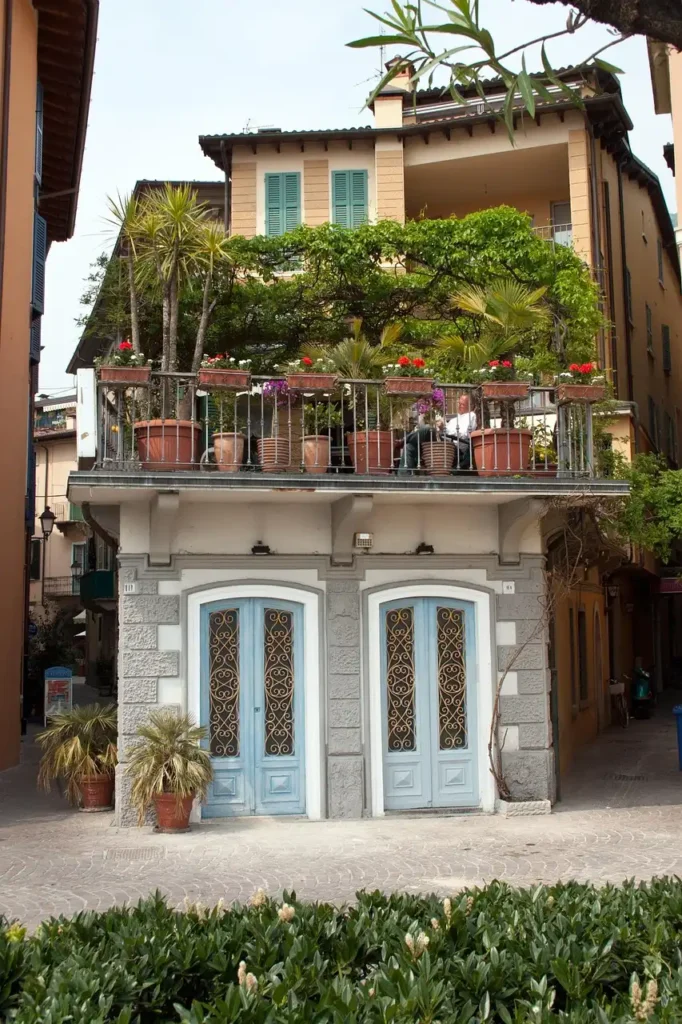
You’ll discover that almost anything can become a planter with proper drainage. Traditional pots work great, but you can also repurpose yogurt containers, coffee cans, or even old boots for a quirky touch.
Drainage is absolutely crucial for healthy plants. Drill holes in the bottom of any container that doesn’t have them, and place saucers underneath to protect your floors.
You can use broken pottery pieces or small stones in the bottom to improve drainage further. Window boxes maximize your growing space if you have a balcony or fire escape.
Make sure they’re securely attached and check your lease agreement for any restrictions on exterior modifications.
Vertical gardening solutions work wonders in tight spaces. You can install wall-mounted planters, use over-the-door shoe organizers for herbs, or create a living wall with a trellis system.
Hanging planters from ceiling hooks add growing space without taking up floor area.
Select Plants That Thrive Indoors
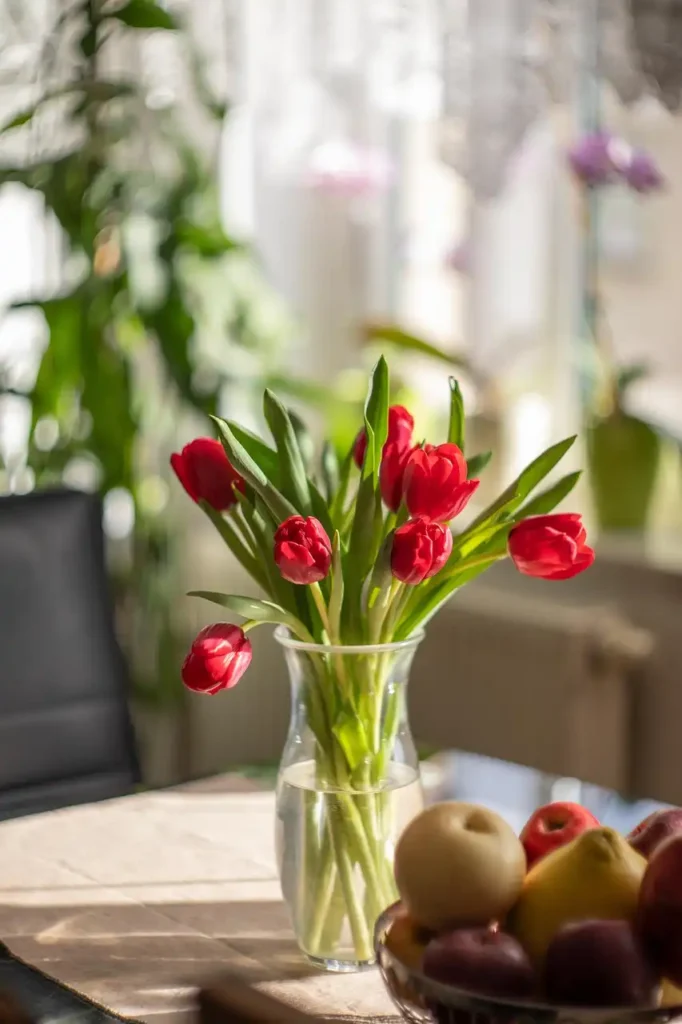
You’ll have the most success with plants that naturally adapt to indoor conditions.
Herbs like basil, cilantro, parsley, and mint practically grow themselves and provide fresh ingredients for your cooking.
Leafy greens such as lettuce, spinach, and kale grow quickly and don’t require deep root systems.
You can harvest outer leaves while the center continues growing, giving you a continuous supply of fresh salads.
Cherry tomatoes and peppers work well in larger containers if you have sufficient light.
Choose compact varieties specifically bred for container growing rather than full-size plants that need extensive space.
Microgreens offer the fastest gratification – you’ll have fresh sprouts ready to harvest in just 7-14 days.
They require minimal space and add nutritious punch to sandwiches and salads.
For decorative options, consider pothos, snake plants, or peace lilies that purify your air while adding natural beauty to your living space.
Master Watering and Feeding Techniques
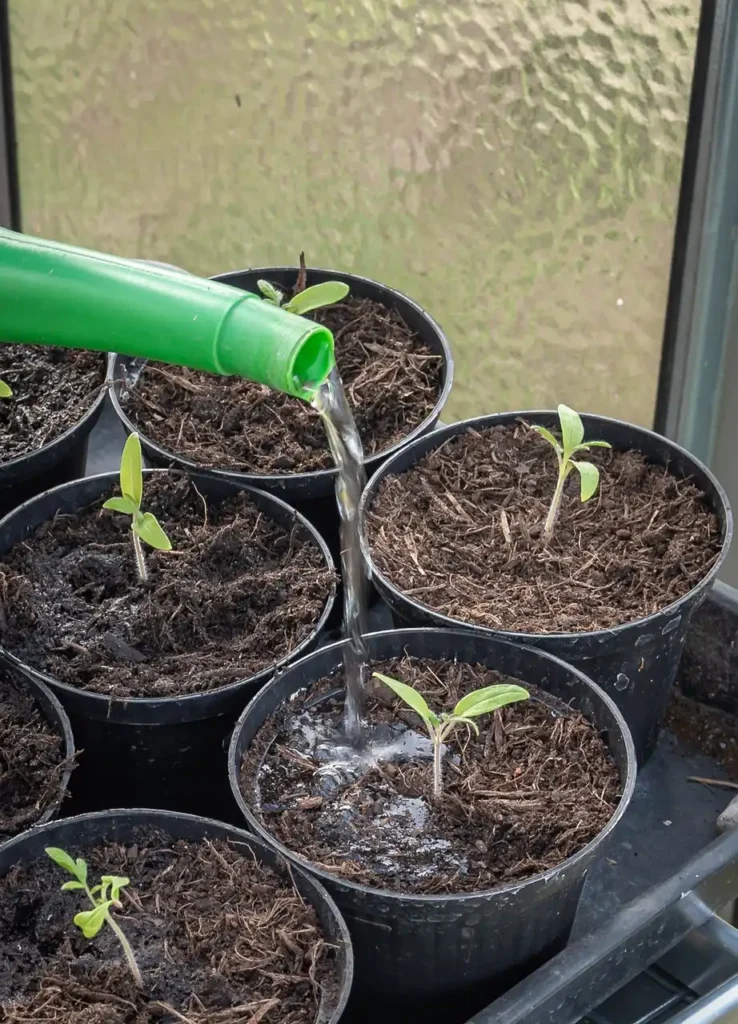
You’ll need to water more frequently than outdoor gardens since containers dry out faster.
Check the soil daily by sticking your finger about an inch deep – if it feels dry, it’s time to water.
Water thoroughly until you see drainage from the bottom holes, but avoid letting plants sit in standing water. This ensures the entire root system gets moisture while preventing root rot.
Container plants need regular feeding since nutrients wash away with frequent watering.
Use a balanced liquid fertilizer every 2-3 weeks, or mix slow-release fertilizer granules into your potting soil at planting time.
Consider self-watering containers or drip irrigation systems if you travel frequently. You can also create simple self-watering systems using plastic bottles with small holes poked in the caps.
Maximize Your Growing Season
You’ll extend your harvest by succession planting – sowing new seeds every 2-3 weeks for continuous production.
This works especially well with lettuce, radishes, and herbs that you use regularly. Take advantage of your climate-controlled environment to grow year-round.
While outdoor gardens sleep in winter, your indoor garden can keep producing fresh food and beautiful flowers regardless of the weather outside.
Rotate your crops to prevent soil depletion and pest buildup. When you harvest a plant, replace it with something from a different plant family to maintain soil health.
Start seeds indoors before transplanting to outdoor containers when weather permits. This gives you a head start on the growing season and higher success rates than direct seeding.
Create a Maintenance Routine
You’ll develop green thumbs faster with consistent daily habits. Spend a few minutes each morning checking your plants, watering as needed, and enjoying your growing garden.
Keep a simple journal or use a phone app to track watering schedules, fertilizing dates, and harvest records. This helps you learn what works best in your specific environment.
Watch for early signs of pests or diseases so you can address problems quickly.
Common apartment garden pests include aphids and spider mites, which you can often control with insecticidal soap or neem oil.
Prune and harvest regularly to encourage continued growth. Pinching flowers off herb plants keeps them producing leaves longer, while regular harvesting of lettuce and greens promotes new growth.
Troubleshoot Common Apartment Garden Challenges
You’ll encounter unique challenges that outdoor gardeners don’t face. Limited space means you need to be strategic about plant selection and creative with vertical growing solutions.
Poor air circulation can lead to fungal problems, so consider a small fan to keep air moving around your plants. This is especially important in humid bathrooms or closed balconies.
Neighbor complaints about drainage or plant debris require diplomatic solutions. Use saucers religiously and keep common areas clean to maintain good relationships in your building.
Weight restrictions matter if you’re gardening on balconies or fire escapes. Use lightweight potting mix instead of garden soil, and choose plastic or fiberglass containers over heavy ceramic ones.
Conclusion
You can absolutely create a thriving garden in any apartment with the right approach, plants, and containers for your specific space and light conditions.

